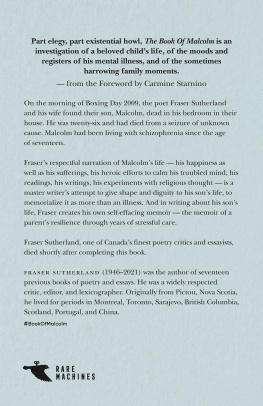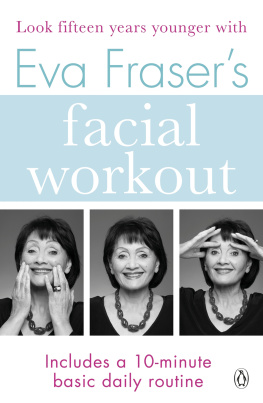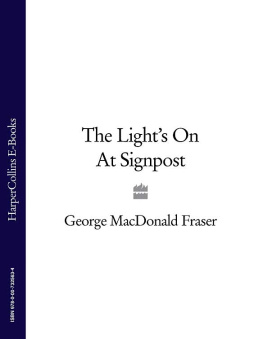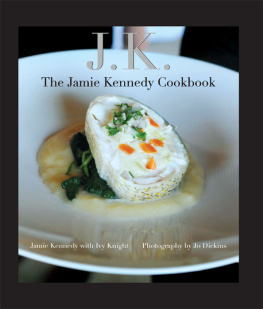Kennedy Fraser - The Fashionable Mind
Here you can read online Kennedy Fraser - The Fashionable Mind full text of the book (entire story) in english for free. Download pdf and epub, get meaning, cover and reviews about this ebook. year: 2014, publisher: Knopf Doubleday Publishing Group, genre: Romance novel. Description of the work, (preface) as well as reviews are available. Best literature library LitArk.com created for fans of good reading and offers a wide selection of genres:
Romance novel
Science fiction
Adventure
Detective
Science
History
Home and family
Prose
Art
Politics
Computer
Non-fiction
Religion
Business
Children
Humor
Choose a favorite category and find really read worthwhile books. Enjoy immersion in the world of imagination, feel the emotions of the characters or learn something new for yourself, make an fascinating discovery.

- Book:The Fashionable Mind
- Author:
- Publisher:Knopf Doubleday Publishing Group
- Genre:
- Year:2014
- Rating:4 / 5
- Favourites:Add to favourites
- Your mark:
- 80
- 1
- 2
- 3
- 4
- 5
The Fashionable Mind: summary, description and annotation
We offer to read an annotation, description, summary or preface (depends on what the author of the book "The Fashionable Mind" wrote himself). If you haven't found the necessary information about the book — write in the comments, we will try to find it.
The Fashionable Mind — read online for free the complete book (whole text) full work
Below is the text of the book, divided by pages. System saving the place of the last page read, allows you to conveniently read the book "The Fashionable Mind" online for free, without having to search again every time where you left off. Put a bookmark, and you can go to the page where you finished reading at any time.
Font size:
Interval:
Bookmark:
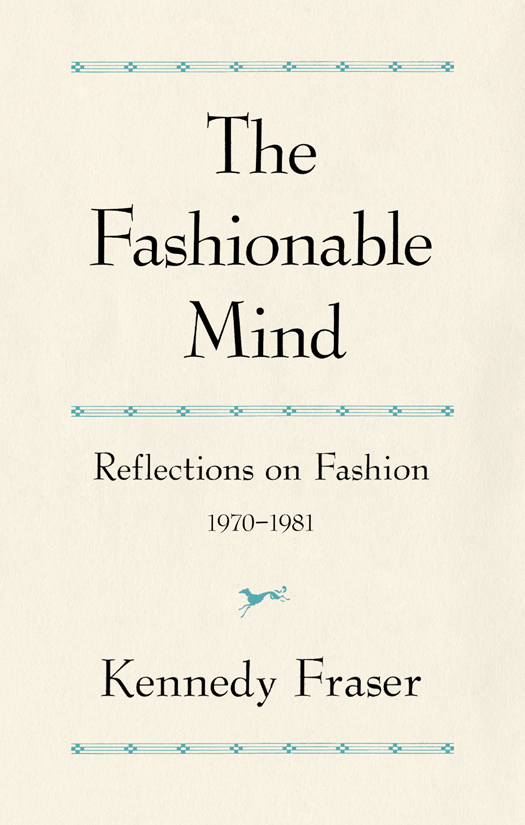
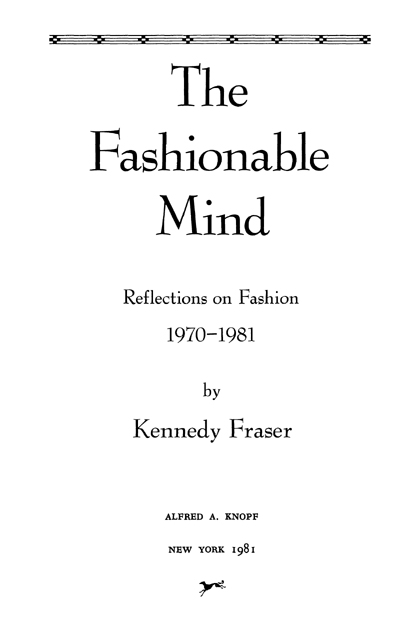
THIS IS A BORZOI BOOK
PUBLISHED BY ALFRED A . KNOPF , INC .
Copyright 1970, 1971, 1972, 1973, 1974, 1975, 1977, 1978, 1979, 1980, 1981 by Kennedy Fraser
All rights reserved under International and Pan-American Copyright Conventions.
Published in the United States by Alfred A. Knopf, Inc., New York, and simultaneously in Canada by Random House of Canada Limited, Toronto. Distributed by Random House, Inc., New York.
Library of Congress Cataloging in Publication Data
Fraser, Kennedy. The fashionable mind.
Articles from the authors column in The New Yorker.
1. FashionHistory20th centuryAddresses, essays, lectures. 2. FashionHistory20th centuryUnited StatesAddresses, essays, lectures.
I. New Yorker (New York, 1925 ) II. Title.
GT 596. F 73 1982 391.009047 81-47479
ISBN 039451775x AACR2
eBook ISBN: 978-0-8041-5201-3
All essays in this book first appeared in The New Yorker.
v3.1_r1
To my mother,
with love












By chance, I took over the Feminine Fashions column of The New Yorker at the very moment that feminine fashions ceased to count. Womens refusal to lengthen their hemlines in 1970 may not have been the grand gesture of feminist independence that some chose to claim, but it is a convenient watershed in the history of fashion. After that, there was no longer any unabashedly accepted, universal fashion authority, and no real point in reporting the latest word of fashion news each season. In becoming a fashion critic, I was like a diplomat arriving at a foreign posting on the day an earthquake strikes. I see this more clearly, of course, in hindsight and on rereading these essays. At the outset, I had no idea how intangible and unfamiliar my sort of fashion would turn out to be, how different from the fashions that had paraded so confidently and for close to half a century through the columns of my predecessor, Lois Long. Nor, I suspect, did my editor, William Shawnwho with his inimitable courage had given me the column when I was just out of university and new to this country from my native Englandrealize how unstraight-forward fashion would prove for me. He simply gave me absolute and sometimes unnerving freedom to make of my subject whatever I would. Off I marched into what I came to see was a world of hints and tricks and dreams and metaphorsa place of confusing, sometimes falsified signposts where time, by running sideways or in big backward loops, contrived to stay just ahead of us all.
If the old rules and rhythms of fashions have long since gone, this is not to say that men and women are not, in this competitive and visual age, intensely interested in the way they look. Sociologists, psychologists, anthropologists, career counselors, and museums have all, in recent years, lent weight to the idea that dress is significant. Perversely enough, I regard with some suspicion the increased respect accorded to appearances, even though that respect has made it easier for me to give at least semi-serious thought to what everyone used to dismiss as an utterly frivolous theme. All in all, my feelings about dress are very mixed. I am capable of regarding clothes with curiosity or tenderness from time to time, but I have no interest in seeking out or wearing the latest thing. The capriciousness of fashion fascinates me, but it also alarms me, and I am gratified to see how many of my concerns in these pieces have stayed constant over the years. Inevitably, though, I have in some places denounced styles for which I had earlier expressed enthusiasm, just as I have contemptuously dismissed styles toward which, at least at this moment, I feel quite benign. For this book, I have chosen to leave my opinions frozen in their original time and have also, on occasion, left the business careers of some designers artificially stopped in mid-stream.
I have never really, in these eleven years, even come up with a definition of fashion that I might choose to stick with or that I would enjoy being called upon to defend. My pursuit of a definition through these pages has been a highly personal journey, full of fits and starts and contradictions, and probably a wild goose chase in the end. I have come at my subject from odd angles, hoping to catch it by surprise. Or I have been baffled by it all and kept silent for ages, having nothing particular to say. The only conclusion I reach at this point is that fashion isnt simply hems and feathered hats and that its connected very, very closely with how we live.
Kennedy Fraser
New York, 1981

1970

T he fashionable woman has long legs and aristocratic ankles but no knees. She has thin, veiled arms and fluttering hands but no elbows. Her chest is rather flat; so are her hips. She has a tiny waist and lots of ribs. She wears her skirt around the calf. She welcomes the return of the dress and is happy to find clothes that look new and that are not, perforce, some kind of trouser suit, pajama suit, or jumpsuit. She wants soft fabricslight wool, jersey, crpe, chiffon, and crpe de Chinein tranquil colors, such as brown, smoky blue, mauve, gray, and deep, dull pink. She likes beige and black but never chooses royal blue, or white, or red. She wants no linings and no stiffening. She takes fresh pleasure in the elegant detail of pleats and tucks and smocking. She wears few underclothes. She prizes practicality and comfort but does not fear experiment. Most of all, she wants to have fun. She is in genteel revolt against all clothes kinetic, psychedelic, geometric. She is wearied by cutouts, by zips that end in curtain rings, by vinyl, and by paramilitary buttons. She is tired of looking like an upside-down ice-cream cone with arms and legs. She rejected this uniform shape, and the above-knee length, some time ago, and she toys with mid-calf coats and maxicoats and trousers. She wraps herself in wayside blossoms, or dresses up in mock Schiaparelli and revels in a display of real or spurious decadence. She is unperturbed by occasional vulgarities and is never boring.
Font size:
Interval:
Bookmark:
Similar books «The Fashionable Mind»
Look at similar books to The Fashionable Mind. We have selected literature similar in name and meaning in the hope of providing readers with more options to find new, interesting, not yet read works.
Discussion, reviews of the book The Fashionable Mind and just readers' own opinions. Leave your comments, write what you think about the work, its meaning or the main characters. Specify what exactly you liked and what you didn't like, and why you think so.

